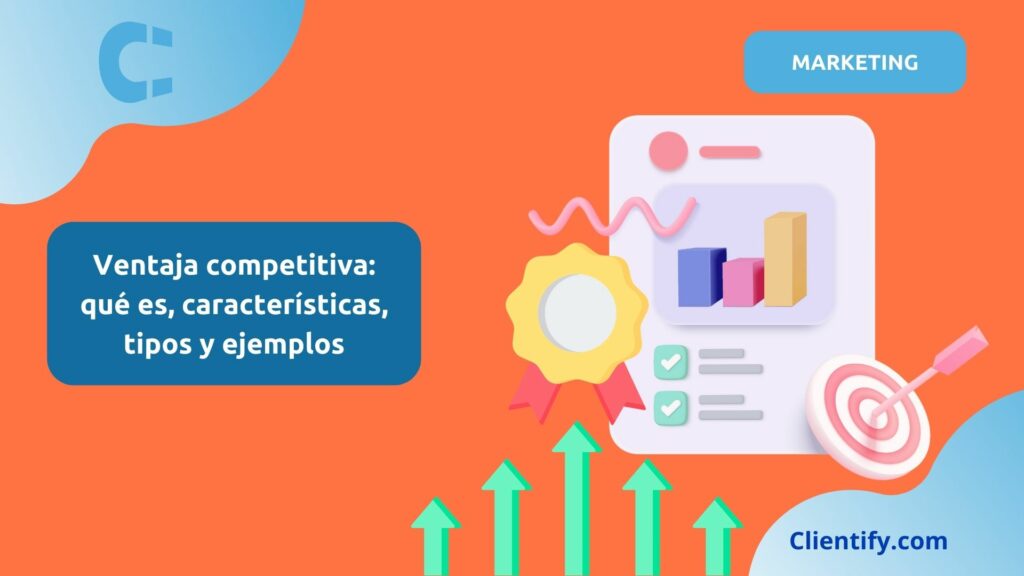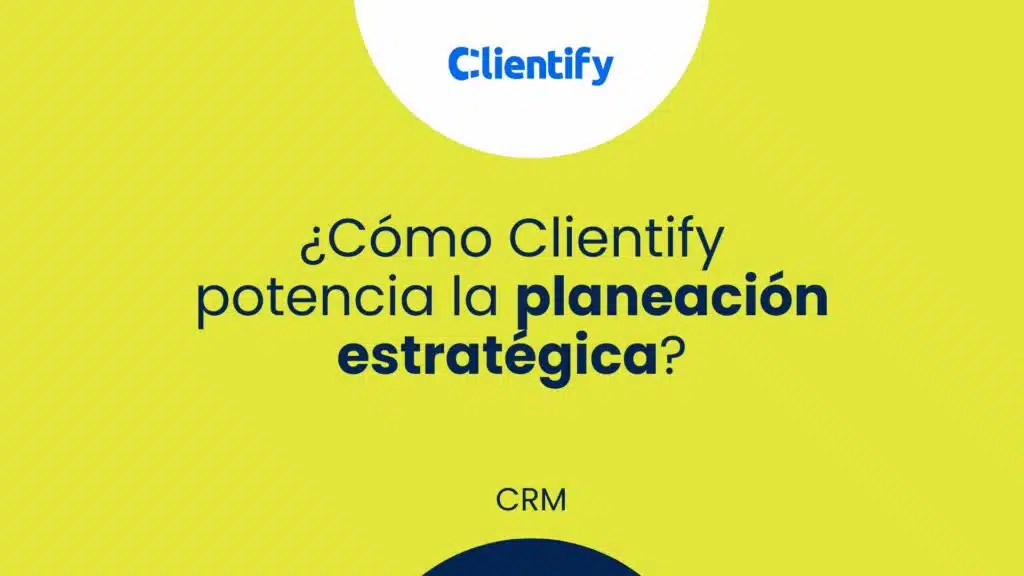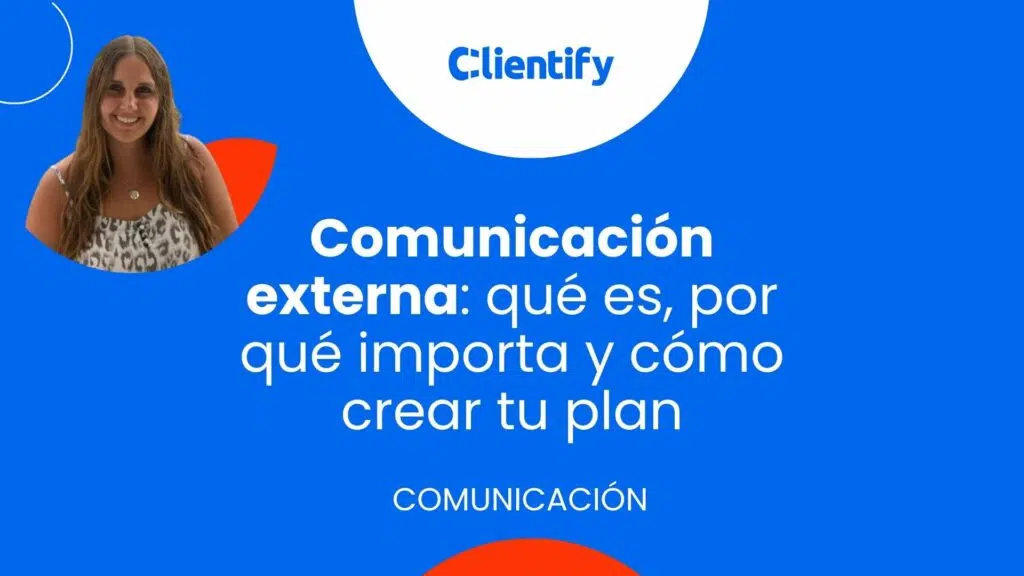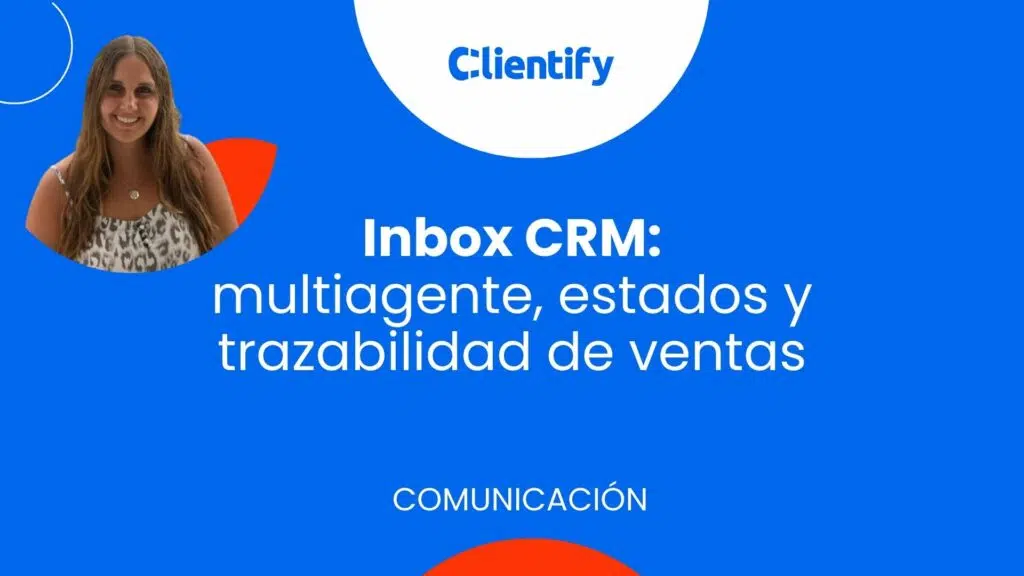When someone talks to you about competitive advantage, it sounds like a stale concept from a college textbook, doesn’t it? Well, nothing could be further from the truth.
Competitive advantage is what makes your company not just “one more” in the market, it is the factor that makes customers choose you, even if they have cheaper, bigger or more experienced alternatives.
Think Nike, Apple or even your neighborhood bakery that always has a line.
Everyone has something that others cannot easily copy. That, just that, is the competitive advantage.
Whether you are an SME or a growing business, understanding (and applying) your competitive advantage is what will make the difference between surviving or leading in your industry.
What is competitive advantage?
A competitive advantage is the characteristic that allows a company to differentiate itself and stand out from its competitors in a specific market. In simple words: it is the reason why a customer chooses you and not someone else.
In marketing and business strategy, competitive advantage can be expressed in different ways: offering lower prices, creating a unique product, providing a superior customer experience, or using technology to be more efficient.
For example, in Spain, many SMEs get their competitive advantage by focusing on personalized attention and close treatment, while in LATAM markets, price adaptation and speed of digital response are more highly valued.
A definition that sums up the concept well is that of Michael Porter (strategy guru):
“Competitive advantage arises from the value a company succeeds in creating for its customers, value that exceeds the cost of creating that value.”
Characteristics of competitive advantage
Having a competitive advantage doesn’t just mean doing something different, but doing it in a way that really matters to the customer and that you can sustain over time.
Some of the most common features are as follows:
- Importance for the customer → your proposal must touch a sensitive point: save money, save time, feel better served… whatever, but something that matters to them.
- Difficult to copy → if tomorrow your competitor can easily replicate it, we are not talking about competitive advantage.
- Durable over time → it must endure even if the market changes or new technologies appear.
- Profitable → if maintaining that advantage costs you more than you earn, it doesn’t work either.
- Adaptability → in markets such as Spain or LATAM, where reality changes fast, the advantage must be flexible and adjust to the cultural and economic context.
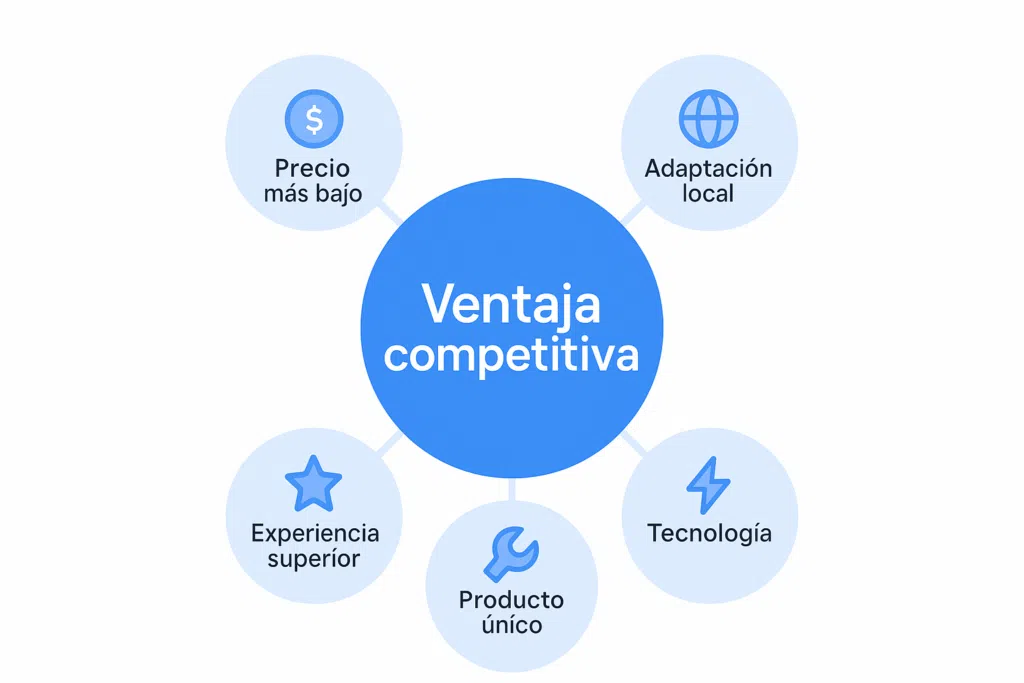
Types of competitive advantage
“There are thousands of ways to differentiate…” Bullshit, in the end it all boils down to three classic ways explained by porter: Costs, differentiation or focus.
Let’s look at each one calmly and with examples:
Competitive cost advantage
Being able to offer the cheapest product or service on the market while remaining profitable.
Note: it is not “going out of the window”, but structuring your business in such a way that your costs are lower than those of your competitors.
Clear examples:
- In Spain, Mercadona has been playing this card for years, adjusting processes and logistics to maintain low prices with sustainable margins.
- In LATAM, Bimbo has been able to optimize production and distribution to be everywhere at very competitive prices.
Competitive advantage in differentiation
The key here is not to be the cheapest, but to be the most desired.
Your product or service offers something that others can’t match, whether it’s quality, design, innovation or customer experience.
- Innovation: Constant innovation in products and services can establish a company as a market leader. For example, Apple’s introduction of the iPhone revolutionized the cell phone industry.
- Superior quality: Offering consistently superior quality can attract and retain customers. Toyota, for example, has maintained its reputation for vehicle reliability and durability.
- Strong brand: Building a strong brand that resonates with customers can be a powerful competitive advantage. Nike has created a globally recognized brand through its marketing campaigns and its focus on sponsorship of athletes and sporting events.
Competitive advantage in focus or niche
Here we talk about specialization.
You don’t compete with the whole market, but you choose a specific segment and become the best option for that specific audience.
- Market segmentation: Identifying and targeting specific market segments can provide a significant advantage. For example, the Whole Foods supermarket chain focuses on customers seeking organic and natural products, differentiating itself from conventional supermarkets.
- Customization: Offering customized products or services to a specific segment can create strong customer loyalty. For example, sportswear company Lululemon focuses on yogis and athletes, offering products that meet their specific needs.
In Spain, for example, I have been seeing specialty coffee shops that have found a place in front of the “Starbucks” of the moment thanks to a specialized product or a special treatment, without going any further, I have even seen “cat coffee shops”.
| Type of competitive advantage | What it consists of | Actual example |
|---|---|---|
| Costs | To be able to offer lower prices than the competition while maintaining profitability thanks to optimized processes. | Mercadona in Spain or Bimbo in LATAM. |
| Differentiation | Stand out for a unique product, service or experience that cannot be easily copied. | Apple globally, Desigual in Spain, Rappi in LATAM. |
| Focus/Niche | Specialize in a narrow market segment and be the best option for that specific audience. | Fintech focused on SMEs in LATAM or specialty coffee shops in Spain. |
Examples of competitive advantage
Nothing explains this concept better than seeing how companies that have already mastered it apply it. Here are some clear cases:
- Apple → Its competitive advantage is in differentiation. It is not the cheapest, but it has created a closed ecosystem (iPhone, Mac, iCloud, App Store) that makes the customer repeat again and again.
- Zara (Inditex) → It relies on speed and control of the supply chain. It can take a garment from design to store in a matter of weeks, something other fashion giants fail to achieve.
- Tesla → Combines technological innovation with an aspirational brand. Its advantage is not only to sell electric cars, but to position itself as a symbol of innovation and sustainability.
- Mercadona → Classic example of cost advantage in Spain. It has optimized logistics and suppliers to keep prices low without losing perceived quality.
- Rappi (LATAM) → Its competitive advantage is the superapp model: it not only delivers food, but also manages payments, purchases and services, creating an ecosystem that is difficult for local competitors to replicate.
- A neighborhood SME → Even if it does not appear in the press, it can also have a competitive advantage. For example, a bakery that offers gluten-free products and close service to customers with specific needs. This makes it irreplaceable compared to large chains.
Importance of a company’s competitive advantage
In the end, competitive advantage is the difference between your business moving forward or being diluted among competitors.
It’s not a nice concept to decorate a business plan, it’s what decides whether customers stay with you… or go with the guy across the street.
Think about it: in markets like Spain or LATAM, where there are a hundred companies offering more or less the same thing, whoever does not have something unique ends up competing on price alone. And competing on price alone is like a race to see who can hold on and lose the most margin: suicide.
Why does it matter so much?
- Because it keeps people coming back to you even if they have cheaper alternatives.
- Because it allows you to sell on margin, without having to lower prices every few months.
- Because it gives you a leg up on the competition: the harder you are to copy, the easier you sleep.
- Because it opens doors: partners, collaborations, even press… no one wants to talk about “the number 17 in the industry”, they want to talk about the one that stands out.
Think that it is much better to be the best in a very specific niche, than the tenth in something much more general.
For example, the dentist who specializes in children with invisible braces, rather than another generic dentist who does everything and excels at nothing.
How to create a competitive advantage step by step
Being clear about what a competitive advantage is is fine, but what really matters is how to build yours.
These are the basic steps to avoid getting lost:
- Know your customer better than anyone else
Talk to them, ask them what they really value and what problems they have, if you don’t understand who you are selling to, there is no advantage. - See what your competitors are doing
Analyze where they are strong and, above all, where they are limping… The opportunity almost always lies in what they are doing wrong or not doing. - Define your unique value proposition
Why should someone choose you and not someone else? That short sentence that sums up your difference is the foundation of everything. - Build on your strengths
If you have a team with brutal customer service, squeeze it. If you have technology, make the most of it, the advantage comes from what you already have and can leverage. - Make it hard to copy
A real competitive advantage is not achieved by lowering prices one month, it must be based on processes, culture or capabilities that cannot be replicated overnight. - Communicate it and reinforce it
An advantage that no one knows about is useless, you have to tell it in your marketing, reinforce it in your customer experience and remember it every time someone interacts with you.
If you want to start creating a competitive advantage by following all these points and you are an SME, having an all-in-one CRM like Clientify is almost mandatory, it is all you need to create your marketing, sales and communication strategy.
Here’s a fact: Companies that use a CRM achieve an average 29% increase in revenue and 34% higher productivity, according to DesignRush.
In addition, you have 14 days free to test the tool.
How to maintain a competitive advantage?
Gaining a competitive advantage is fine, but maintaining it… it’s war.
The market does not stand still: if you don’t improve, someone else will come along and eat you up.
Continuous innovation
You don’t have to be Tesla and come out with an invention every six months.
Sometimes small changes are enough: a bakery in Seville that introduces new gluten-free products before the others, or an online store in Mexico that tests faster delivery methods.
The key is not to fall asleep.
Focus on quality
In Spain people recommend a business if the experience is good, and in LATAM word of mouth carries even more weight.
If the quality goes down, the advantage disappears.
Maintaining careful processes and listening to the customer is cheaper than regaining their trust later.
Adaptation to change
Laws change, fashions change, technology changes.
The company that adapts quickly is the one that survives.
Look what happened with pandemic delivery: agile brands took over the entire market.
Marketing strategies
If you have something unique but no one knows about it, it’s as if it doesn’t exist.
Marketing is vital here: social networks, email, WhatsApp… whatever you use must always revolve around your value proposition.
With a CRM like Clientify you can automate that message and make it clear and consistent in every channel.
Efficient resource management
It’s not just about selling more, it’s about doing it with brains.
Many SMEs in LATAM squeeze every euro by optimizing equipment and technology; in Spain, digitizing processes with a CRM makes the difference.
Efficient management gives you room to invest in what strengthens your advantage.
Frequently asked questions about competitive advantage
What is a competitive advantage in a company?
It’s the factor that makes customers choose you over someone else. It can be price, quality, innovation or a unique experience that is not easily copied.
What are the types of competitive advantage?
Mainly three: cost (being cheaper), differentiation (being different and desired) and focus or niche (specializing in a very specific segment).
How do you create a competitive advantage?
Knowing your customer well, seeing where the competition fails and enhancing what you can do better or differently. The important thing is that it is valuable and difficult to imitate.
How to maintain a competitive advantage over time?
Innovating constantly, taking care of quality, adapting to market changes and communicating your proposal well so that it is always present in the customer’s mind.
What is the difference between competitive and comparative advantage?
Comparative advantage is when you produce something with fewer resources than others (e.g. a country that manufactures cheaper). Competitive advantage goes further: it is what makes you stand out and win customers over direct competitors.
Can a small business have a competitive advantage?
Yes, and in fact that’s where it’s most noticeable. It’s better to be #1 in a specific niche (e.g., eyewear for a specific audience) than to be #20 in a general market.
In the end, the competitive advantage is the difference between being one more or being the one everyone remembers, you don’t need to have Apple’s budget or be Tesla: you just need to find that detail that makes you unique and defend it tooth and nail.
What is true is that maintaining that advantage is more difficult every day, the market moves fast, the competition copies everything in a matter of months and the customer changes his mind even faster.
That’s why relying on tools that give you order and visibility, such as a CRM, is not a luxury: it’s what allows you to keep your “advantage” from slipping through your fingers…
Using advanced tools such as Clientify can help companies analyze data, improve efficiency and better manage their resources, which is crucial to maintaining a sustainable competitive advantage.
We invite you to explore how a CRM like Clientify can help you identify and maintain your competitive advantage. Start your free trial or schedule a free demo today.
Manage everything from one place: engage, automate and sell with AI
Forget loose tools, centralize communications, sales and marketing with Clientify.
Activate your 14-day free trial and scale without complicating your life.

